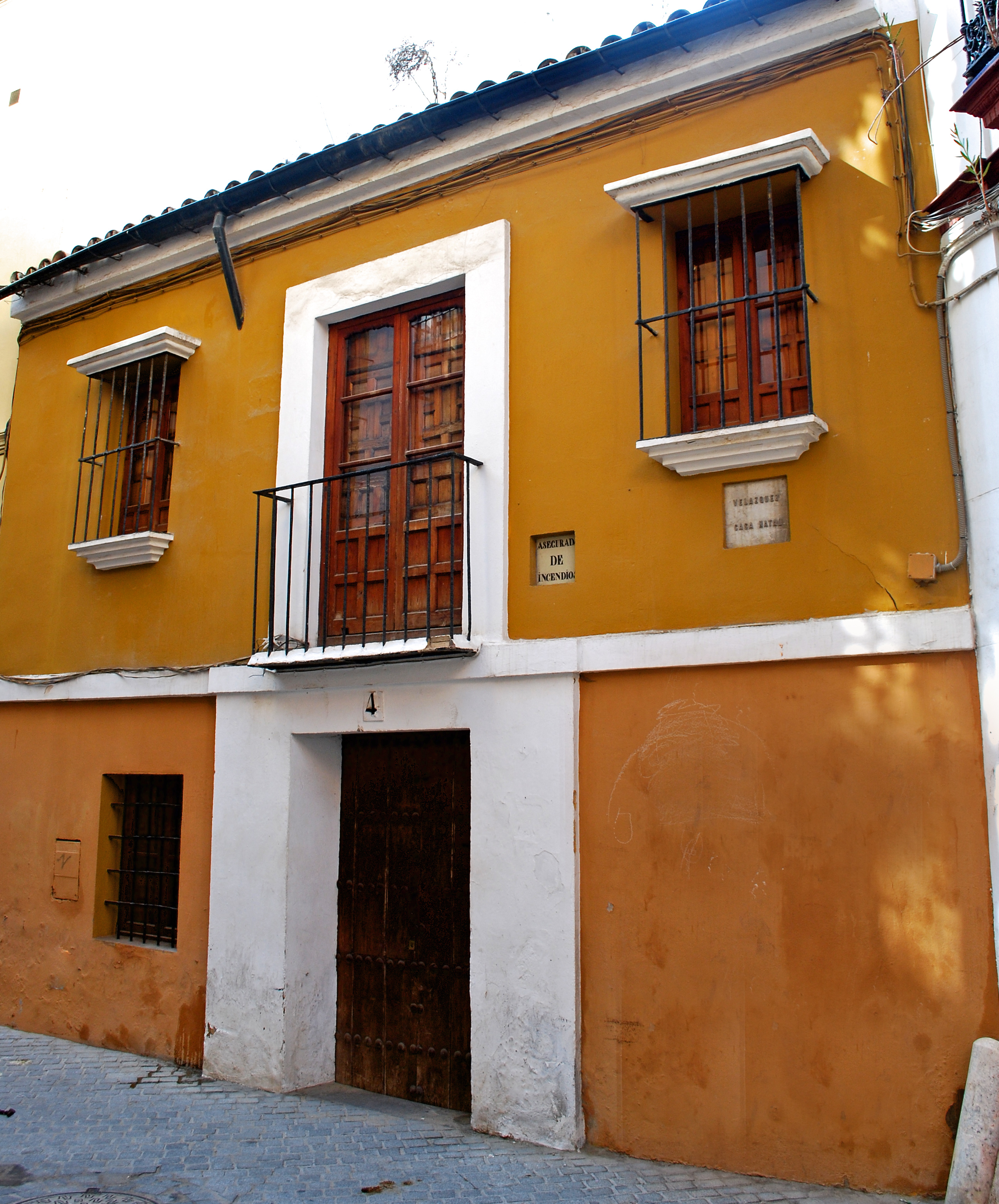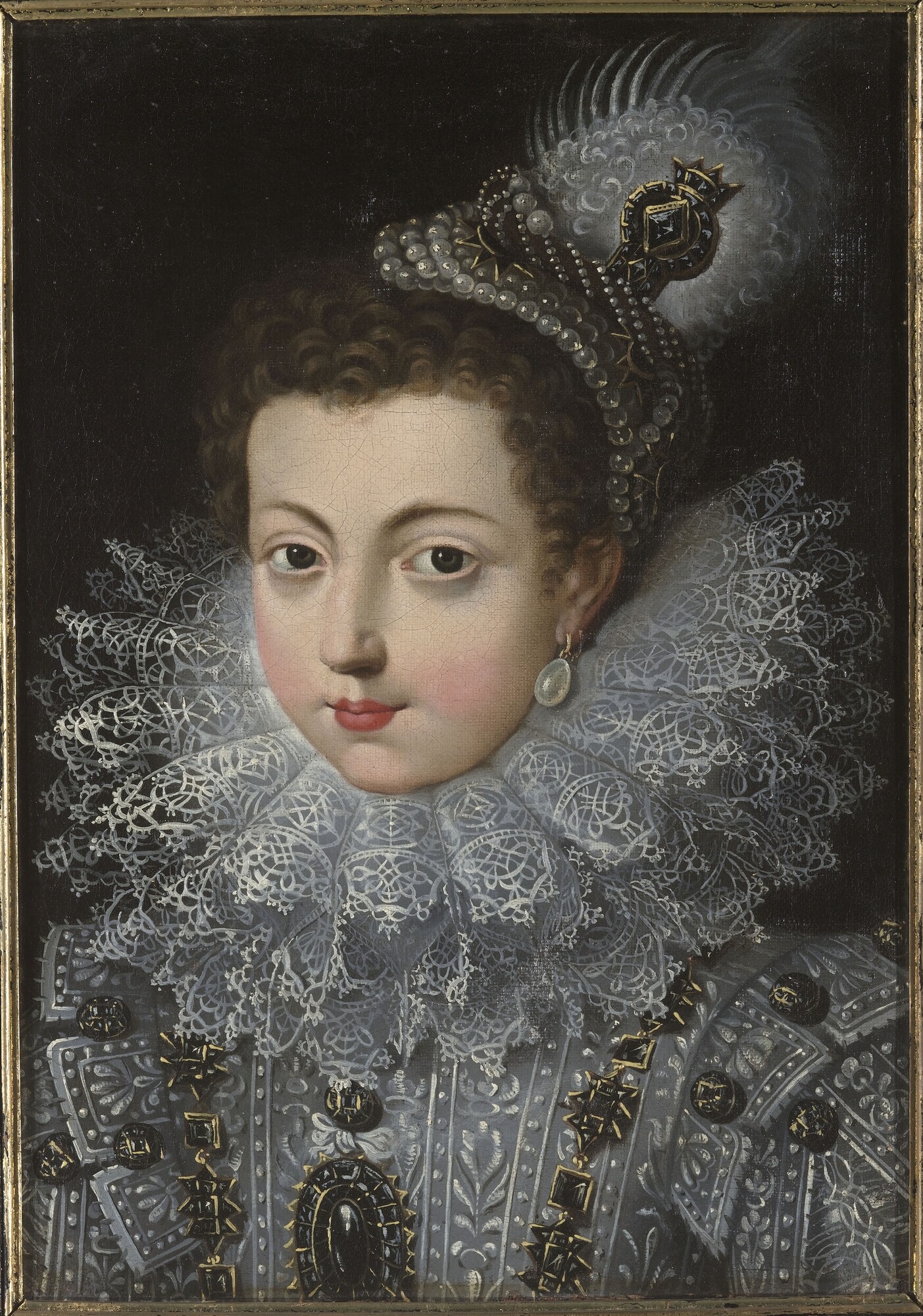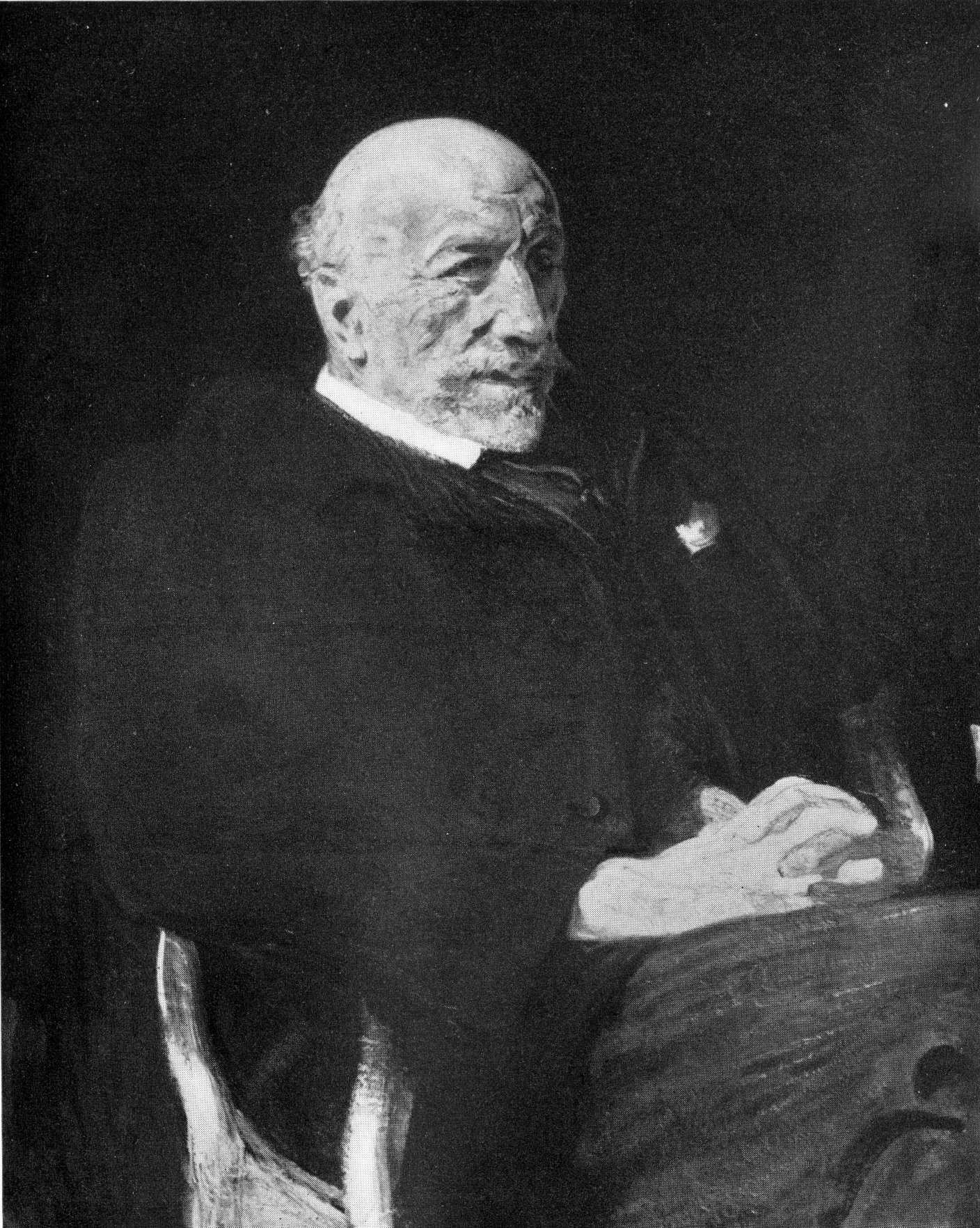|
Prince Baltasar Carlos In The Riding School
''Prince Baltasar Carlos in the Riding School'', es, La lección de equitación del príncipe Baltasar Carlos, is a painting by Diego Velázquez, painted at the Palacio del Buen Retiro outside Madrid, probably in 1636. There are two versions of the painting, one on loan to the National Gallery in London, the other in the Wallace Collection in the same city; the latter is sometimes attributed to the studio of Velázquez, sometimes to Velázquez himself. History The original version of the work was loaned to the National Gallery in London in 2007–2008. The first documented mention of the later version is in a letter written in 1828 from Madrid by the Scottish artist David Wilkie, who described it as a "duplicate" of the painting in the possession of Robert Grosvenor, 2nd Earl Grosvenor. In 1856 it was bought by Richard Seymour-Conway, 4th Marquess of Hertford, at a sale of the effects of the poet Samuel Rogers, and so passed into the Wallace Collection. The paintings ... [...More Info...] [...Related Items...] OR: [Wikipedia] [Google] [Baidu] |
Diego Velázquez
Diego Rodríguez de Silva y Velázquez (baptized June 6, 1599August 6, 1660) was a Spanish painter, the leading artist in the court of King Philip IV of Spain and Portugal, and of the Spanish Golden Age. He was an individualistic artist of the Baroque period (c.1600–1750). He began to paint in a precise tenebrist style, later developing a freer manner characterized by bold brushwork. In addition to numerous renditions of scenes of historical and cultural significance, he painted scores of portraits of the Spanish royal family and commoners, culminating in his masterpiece ''Las Meninas'' (1656). Velázquez's paintings became a model for 19th-century realist and impressionist painters. In the 20th century, artists such as Pablo Picasso, Salvador Dalí, and Francis Bacon paid tribute to Velázquez by re-interpreting some of his most iconic images. Most of his work entered the Spanish royal collection, and by far the best collection is in the Museo del Prado in Madrid, thoug ... [...More Info...] [...Related Items...] OR: [Wikipedia] [Google] [Baidu] |
List Of Works By Diego Velázquez
This is a list of paintings and drawings by the 17th-century Spanish artist Diego Velázquez. Velázquez is estimated to have produced between only 110 and 120 known canvases. Among these paintings, however, are many widely known and influential works. All paintings are in oil on canvas unless noted. Seville (until 1622) Madrid (1622–1629) First trip to Italy (1629–1630) Madrid (1631–1648) Second trip to Italy (1649–1651) Madrid (1651–1660) Paintings of debated attribution Drawings Notes Sources * * * * * * * * * * * * * * * * * * * * * * * * * {{DEFAULTSORT:List of works by Diego Velazquez Paintings by Diego Velázquez, Lists of works of art, Velazquez ... [...More Info...] [...Related Items...] OR: [Wikipedia] [Google] [Baidu] |
Isabel Of Bourbon
Elisabeth of France or Isabella of Bourbon (22 November 1602 – 6 October 1644) was Queen of Spain from 1621 to her death and Queen of Portugal from 1621 to 1640, as the first spouse of King Philip IV & III. She served as regent of Spain during the Catalan Revolt in 1640–42 and 1643–44.Diccionario Biográfico. Real Academia de la Historia ''Isabel de Borbón'' Life Childhood  Elisabeth was born at
Elisabeth was born at
|
King Philip IV Of Spain
Philip IV ( es, Felipe, pt, Filipe; 8 April 160517 September 1665), also called the Planet King (Spanish: ''Rey Planeta''), was King of Spain from 1621 to his death and (as Philip III) King of Portugal from 1621 to 1640. Philip is remembered for his patronage of the arts, including such artists as Diego Velázquez, and his rule over Spain during the Thirty Years' War. By the time of his death, the Spanish Empire had reached approximately 12.2 million square kilometers (4.7 million square miles) in area but in other aspects was in decline, a process to which Philip contributed with his inability to achieve successful domestic and military reform. Personal life Philip IV was born in the Royal Palace of Valladolid, and was the eldest son of Philip III and his wife, Margaret of Austria. In 1615, at the age of 10, Philip was married to 13-year-old Elisabeth of France. Although the relationship does not appear to have been close, some have suggested that Olivares, his ... [...More Info...] [...Related Items...] OR: [Wikipedia] [Google] [Baidu] |
Carl Justi
Carl Justi (2 August 1832, in Marburg – 9 December 1912, in Bonn) was a German art historian, who practised a biographical approach to art history. Professor of art history at the University of Bonn, he wrote three major critical biographies: of Johann Joachim Winckelmann, of Diego Velázquez and of Michelangelo. Life Born in Marburg, Justi studied theology at the University of Berlin before transferring to philosophy. He graduated in 1859 with a thesis 'Über die ästhetischen Elemente in der platonischen Philosophie'. Justi established his reputation with a three-volume work on Johann Joachim Winckelmann. He succeeded Anton Springer in the chair of art history at the University of Bonn, holding the post from 1872 until 1901. Works * ''Die ästhetischen Elemente in der platonischen Philosophie: ein historisch-philosophischer Versuch'', Marburg: N. G. Elwert, 1860 * ''Winckelmann: sein Leben, Seine Werke und sein Zeitgenossen''. 3 vols. Leipzig: F. C. W. Vogel, 1866–72. ... [...More Info...] [...Related Items...] OR: [Wikipedia] [Google] [Baidu] |
Title Page
The title page of a book, thesis or other written work is the page at or near the front which displays its title (publishing), title, subtitle, author, publisher, and edition, often artistically decorated. (A half title, by contrast, displays only the title of a work.) The title page is one of the most important parts of the "front matter" or "preliminaries" of a book, as the data on it and its verso (together known as the "title leaf") are used to establish the "title proper and usually, though not necessarily, the statement of responsibility and the data relating to publication". This determines the way the book is cited in library catalogs and academic references. The title page often shows the title of the work, the person or body responsible for its intellectual content, and the imprint, which contains the name and address of the book's publisher and its date of publication. Particularly in paperback editions it may contain a shorter title than the cover or lack a descriptiv ... [...More Info...] [...Related Items...] OR: [Wikipedia] [Google] [Baidu] |
Pedro Perete
Pedro Perete, ( 16108 April 1639) was a seventeenth-century Baroque engraver and painter in Madrid. He was the son, and pupil, of engraver Peter Perret. Perete Hispanicized the family name from the Dutch "Perret". Many of his works have been attributed to or confused with those by his father. Background The son of Peter Perret and Isabel de Faria, it is believed he was born in Madrid in 1610, where his father was working for Philip III. In 1622, the elder Perret received from Philip IV a grant of 200 ducats "''con cargo de enseñar su arte con toda perfección a un hijo suyo que ha empezado a aprenderla''" ("with the charge of teaching his art with all perfection to a son of his who has begun to learn it"). His father's death in 1625 left the family impoverished as Perete and his sister Josefa had to ask the king for assistance. His earliest known works date from 1628, the allegory of the portraits of Philip I, Charles V, and Philip II drawn by , and the cover and front pag ... [...More Info...] [...Related Items...] OR: [Wikipedia] [Google] [Baidu] |
Juan Mateos (courtier)
Juan Mateos ( – 15 August 1643) was a horseback hunter and the principal arbalist of Philip IV of Spain. In 1634, he authored ''Origen y dignidad de la caça'' (Origin and Dignity of Hunting), a hunting treatise dedicated to the Count-Duke of Olivares. In his dedication he said, "I write solely what I have done, and what I have seen; and what I have seen, do." ( es, yo eſcrivo ſolamente lo que he hecho, y lo que he viſto; y lo que he viſto hazer.) Background He was the son of Gonzalo Mateos, senior arbalist to the Marquis of Villanueva del Fresno from 1601 to 1606, i.e., while the Spanish . Mateos entered the service of Margaret of Austria as a crossbowman and hunter. Upon her death in 1611, he entered the service of her husband, Philip III, and later the service of their son Philip IV. Mateos' likeness is known through a bust portrait engraved by Pedro Perete that appears on the front of ''Origen y dignidad de la caça'', one of whose illustrations is signed by painte ... [...More Info...] [...Related Items...] OR: [Wikipedia] [Google] [Baidu] |
Book Frontispiece
A frontispiece in books is a decorative or informative illustration facing a book's title page—on the left-hand, or verso, page opposite the right-hand, or recto, page. In some ancient editions or in modern luxury editions the frontispiece features thematic or allegory, allegorical elements, in others is the author's portrait that appears as the frontispiece. In medieval illuminated manuscripts, a presentation miniature showing the book or text being presented (by whom and to whom varies) was often used as a frontispiece. Origin The word comes from the French language, French ''frontispice'', which derives from the late Latin ''frontispicium'', composed of the Latin ''frons'' ('forehead') and ''specere'' ('to look at'). It was synonymous with 'metoposcopy'. In English, it was originally used as an frontispiece (architecture), architectural term, referring to the decorative facade of a building. In the 17th century, in other languages as in Italian language, Italian, the term cam ... [...More Info...] [...Related Items...] OR: [Wikipedia] [Google] [Baidu] |
Alonso Martínez De Espinar
Alonso Martínez de Espinar (5 May 158814 May 1682) was a Spanish courtier and one of three important writers on venery of the Spanish Baroque. He was a ''ballestero'' ("crossbowman") and arquebusier to several kings of Spain. Life Martínez de Espinar was the son of Cristóbal Martínez de Espinar, of Baza in Granada, and Juana Hernández Sacristán, who was from Brunete in the province of Madrid. He was baptised in the church of San Martín in Madrid. He had a sister, Jerónima Martínez de Espinar, who married Alonso Mateos, who was ''ballestero'' to the King of Spain and the brother of Juan Mateos, author of another important book on venery. Pictorial representations Martínez de Espinar appears in the original version of ''Prince Baltasar Carlos in the Riding School'' painted by Diego Velázquez at the Palacio del Buen Retiro in 1636. He is shown in the right middle ground of the picture, handing a lance to Gaspar de Guzmán, Count-Duke of Olivares, riding- ... [...More Info...] [...Related Items...] OR: [Wikipedia] [Google] [Baidu] |
Lance
A lance is a spear designed to be used by a mounted warrior or cavalry soldier ( lancer). In ancient and medieval warfare, it evolved into the leading weapon in cavalry charges, and was unsuited for throwing or for repeated thrusting, unlike similar weapons of the javelin and pike family typically used by infantry. Lances were often equipped with a vamplate, a small circular plate to prevent the hand sliding up the shaft upon impact, and beginning in the late 14th century were used in conjunction with a lance rest attached to the breastplate. Though best known as a military and sporting weapon carried by European knights and men-at-arms, the use of lances was widespread throughout Asia, the Middle East, and North Africa wherever suitable mounts were available. Lancers of the medieval period also carried secondary weapons such as swords, battle axes, war hammers, maces and daggers for use in hand-to-hand combat, since the lance was often a one-use-per-engagement weapon; assumi ... [...More Info...] [...Related Items...] OR: [Wikipedia] [Google] [Baidu] |







